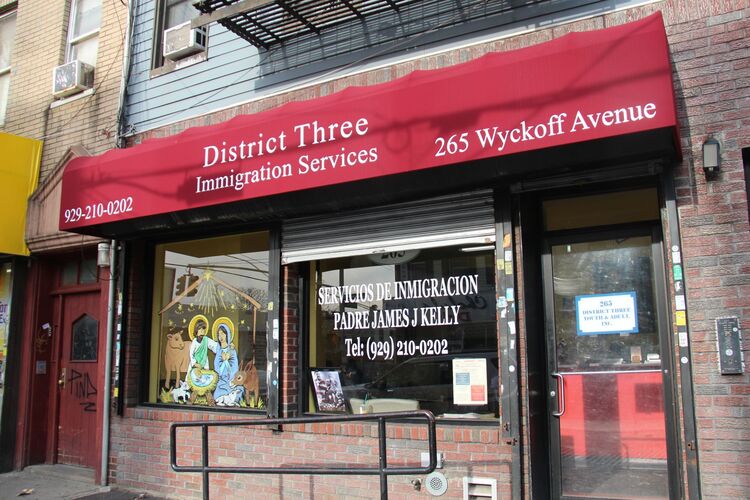Some brows were doubtless furrowed with the report of a new bridge for San Francisco with a "Made in China" sticker on it. For those who prefer the totally self sustaining version of national independence, this kind of reminder of an ever advancing globalization is enough to spoil the July 4th barbeque.
Nevertheless, we have to assume that there has to be some advantage for San Francisco, the State of California and the entire United States, in reaching overseas in order to better engineer the daily lives of people here at home.
And indeed it seems there is because, according to a New York Times report, taxpayers will be saved hundreds of millions of dollars by virtue of the new San Francisco-Oakland Bay Bridge being forged in Shanghai.
The U.S. is not alone in reaching out when it comes to big engineering projects. The recently opened Samuel Beckett Bridge in Dublin was constructed in The Netherlands. But the U.S. has long taken pride in its engineering muscularity, so the idea of a project as expansive as the new San Francisco bridge being carried out in another country is enough to make many pause given the week that's in it.
Some might ask if the bridge project is just the latest example of how the United States is not quite as self-contained, self reliant and independent as we once were, or might have thought.
But of course the answer is that even the United States has never been quite as self-reliant as the popular imagination might have it. And in China there is a clue to this.
There were fewer more muscular projects in the nation's history than the building of the transcontinental railroad, but this was not a job done in complete isolation. After all, who but the Chinese, and the Irish, bent their backs to lay those tracks down. That, too, was a feat with more than a small degree of overseas input.
No, the "Made in China" bridge is but the latest example of the evolving meaning of our independence as we mark 235 years of, yes, independence.
Back in 1776, the intention of those who led and fought in the revolution was fairly straightforward. They wanted freedom for the colonies and to be rid of the burden of foreign potentates and princes, first among them a king named George.
But George Washington and his fellows, in what would be the first generation of independent American leaders, had not quite worked out the precise form of the new country's independence, its exact manner of governance. This would only emerge over time.
But when you think of it, those founding fathers, and mothers, of the new nation seemingly had the time to dwell on a long term national plan.
These days, the health, vitality and indeed the very independence of our nation seems to fluctuate on a daily basis. Technology allows for the imposition of fundamental change in very short order, and all too often "we the people" feel that we have little or no say, or control.
We are independent, yes, but who do we owe? We are independent, yes, but who are we ultimately dependent upon for our national prosperity, or even our very survival as a truly sovereign nation?
We need to consider such matters. Given the state of our world, and the pace of change in it, we can no longer take even the most familiar words and concepts for granted, even that most cherished one we call independence.
So we build figurative bridges to other lands, and buy literal bridges from them.
We have the freedom to do these things, peacefully and profitably. That's not a bad state of affairs 235 years on. Still, as Ronald Reagan might have put it, "trust but verify."
So a little independently-minded American quality control should always be in play, even as we reach across oceans for the means to span our own waters and land.







